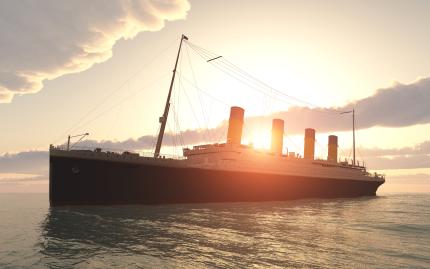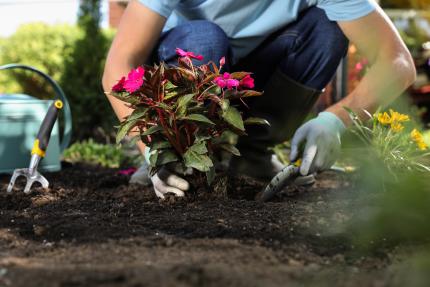Titanic Dinner at the Library

Come aboard the Titanic (at the library) for a fascinating history lesson and dining experience.

Come aboard the Titanic (at the library) for a fascinating history lesson and dining experience.
Looking to fund your library's programs? We've got you covered with nine places to start.

The Naturalist-in-Residence encourages the community to explore and reflect on the natural world.

Tulsa City-County Library offers free seed bundles all summer and fall with themes like "Container Friendly" and "Eat the Rainbow."
Combine a cultural lesson with one of these four crafty hands-on activities.
What's cooler than teens making promotional TikToks for the library while earning community service?
What does the future of Deaf community engagement in the library look like? Three advocates weigh in.
This library made a podcast on a historic hospital and shared tips on how can start your own.
Two Deaf librarians share thoughts on how to best celebrate and include the Deaf community at your library.
As a librarian, you already deal with a lot. What tools do you need when a stressful situation arises?